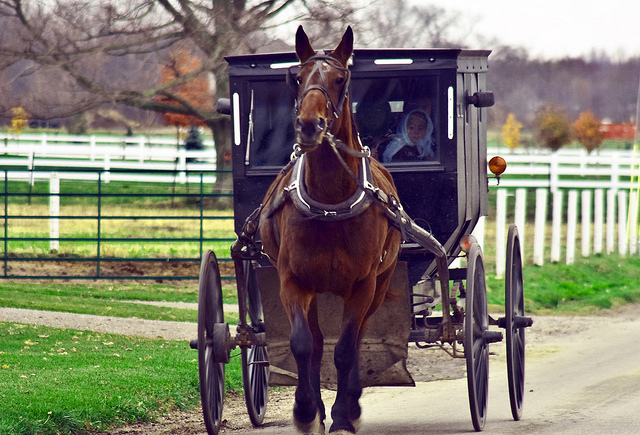Imagine a pill that reduces the risk of diabetes and maybe Alzheimer’s. It improves cardiovascular health. Heck, it’ll even give you a lustrous head of hair. And those who take it could live a whole 10 years longer. This is no sci-fi fantasy: A drug in development by Northwestern University’s Feinberg School of Medicine and Tohoku University in Japan shows the potential to do precisely that. It all started with a blip in a gene almost 170 years ago that just might have transformed a small Amish community in Indiana into a real-life Shangri-la.
Not only do members of that ultraconservative religious order who possess the mutation live a decade longer, they’re also healthier, according to a new study by Douglas Vaughan, chair of medicine at Feinberg. “So many diseases that affect human beings are driven by aging,” Vaughan says. “If we can slow the aging process, that has a lot of potential to benefit humankind.”
Follow the journey from 19th-century Switzerland to a drug that could revolutionize the way we age.

A Swiss couple immigrate in the mid-1800s to what will become the Amish community of Berne, Indiana. One of them has a genetic mutation that results in lower levels of PAI-1, a protein that helps blood clot.
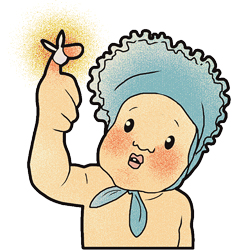
Nearly six generations later, two distantly related descendants marry in Berne and have a baby girl. The child suffers from a curious malady: When she cuts herself, the wound initially scabs over but then begins oozing blood again.
While studying the girl’s condition in 1992, researchers identify the mutation for the first time and discover she has two copies—one from each parent—which means she doesn’t produce any PAI-1. Others in Berne possess a single copy of the mutation. They don’t have the bleeding disorder, but their PAI-1 levels are still lower than normal.
Around 2012, Vaughan, a cardiologist, reaches out to the hematologist who identified the girl. Vaughan has a theory, based on his research: Lower levels of PAI-1 in mice help them live longer, and the same could be true in people.
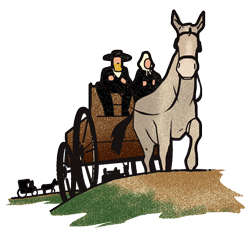
In 2015, 177 Amish residents of Adams County, Indiana, travel by horse and buggy to a community center in Berne, where researchers draw their blood, perform echocardiograms, and collect other data. Because the Amish are isolated—culturally, geographically, and genetically—you couldn’t design a better natural experiment. They are the only known population in the world with this mutation.
The results of the study, published in November 2017, are stunning. Carriers of the mutation have lower rates of diabetes and healthier cardiovascular systems—and they live a decade longer.
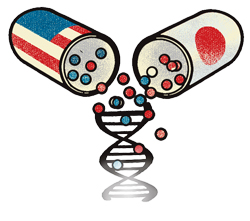
A Japanese researcher creates a drug that mimics the mutation’s effects on PAI-1 and collaborates with Northwestern on testing. In a phase 1 clinical trial in Japan, the compound caused no ill side effects in healthy people. It’s now in phase 2 there to see if it boosts blood counts in chemo patients.
Vaughan plans to bring a phase 2 trial to the United States as early as this summer and test the drug on Americans who are at high risk of developing diabetes.
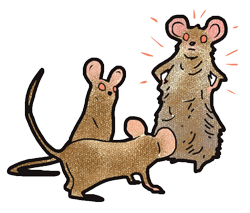
The drug shows potential to treat everything from glucose intolerance to arteriosclerosis to baldness—all associated with aging. In one study, hairless mice grew a lush coat of fur.



